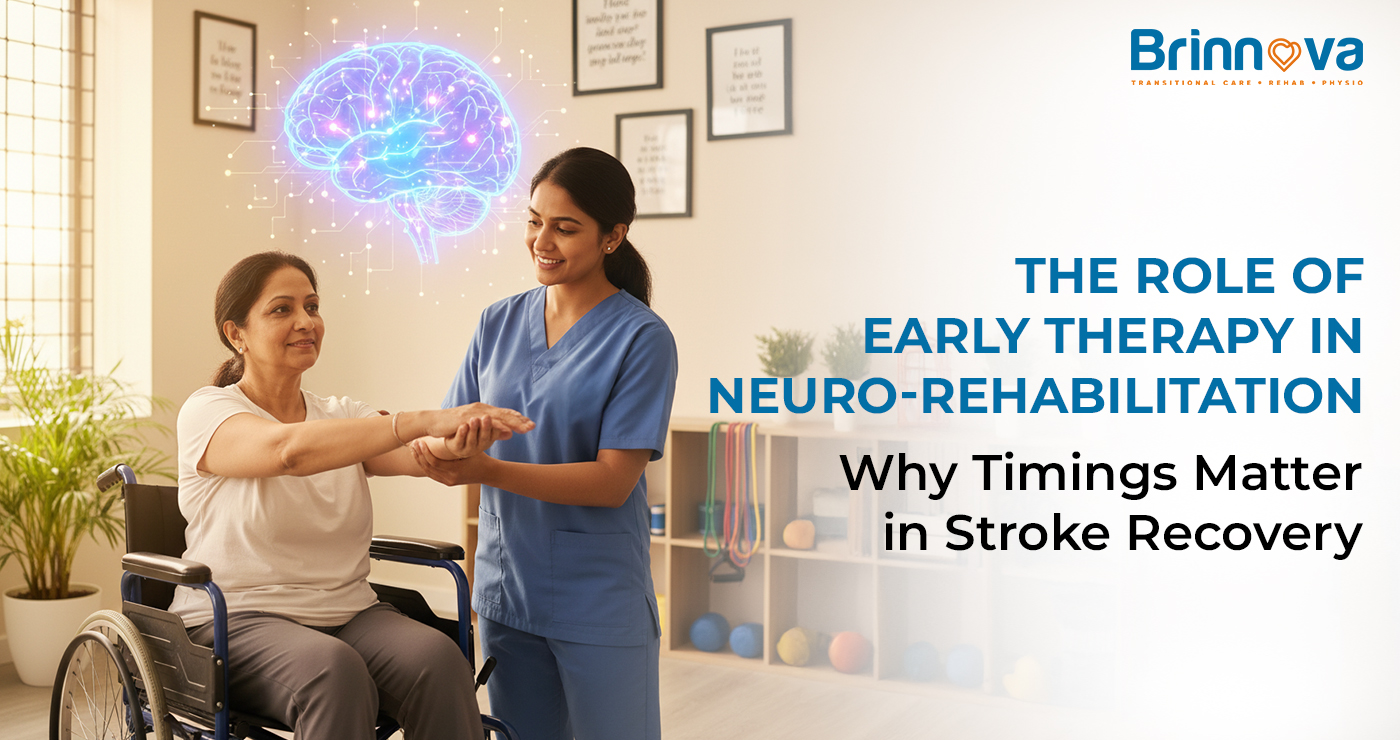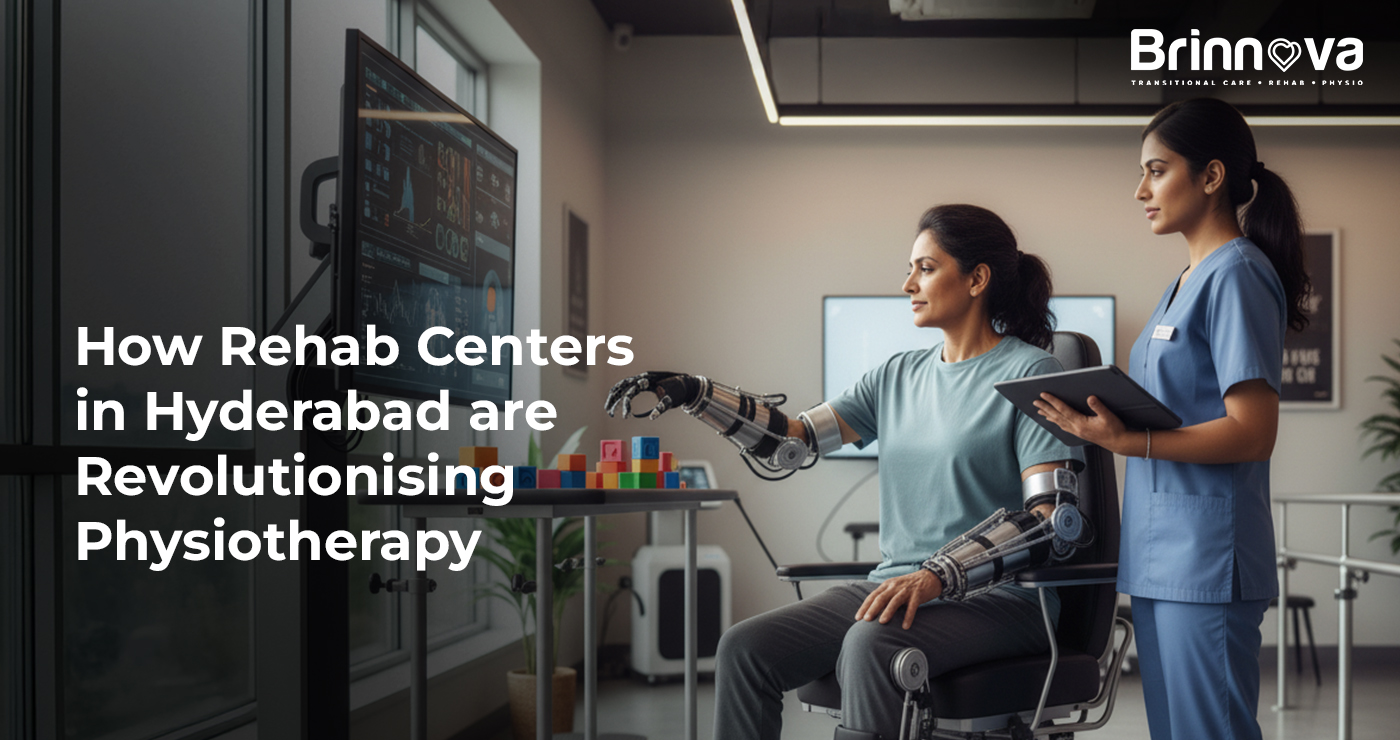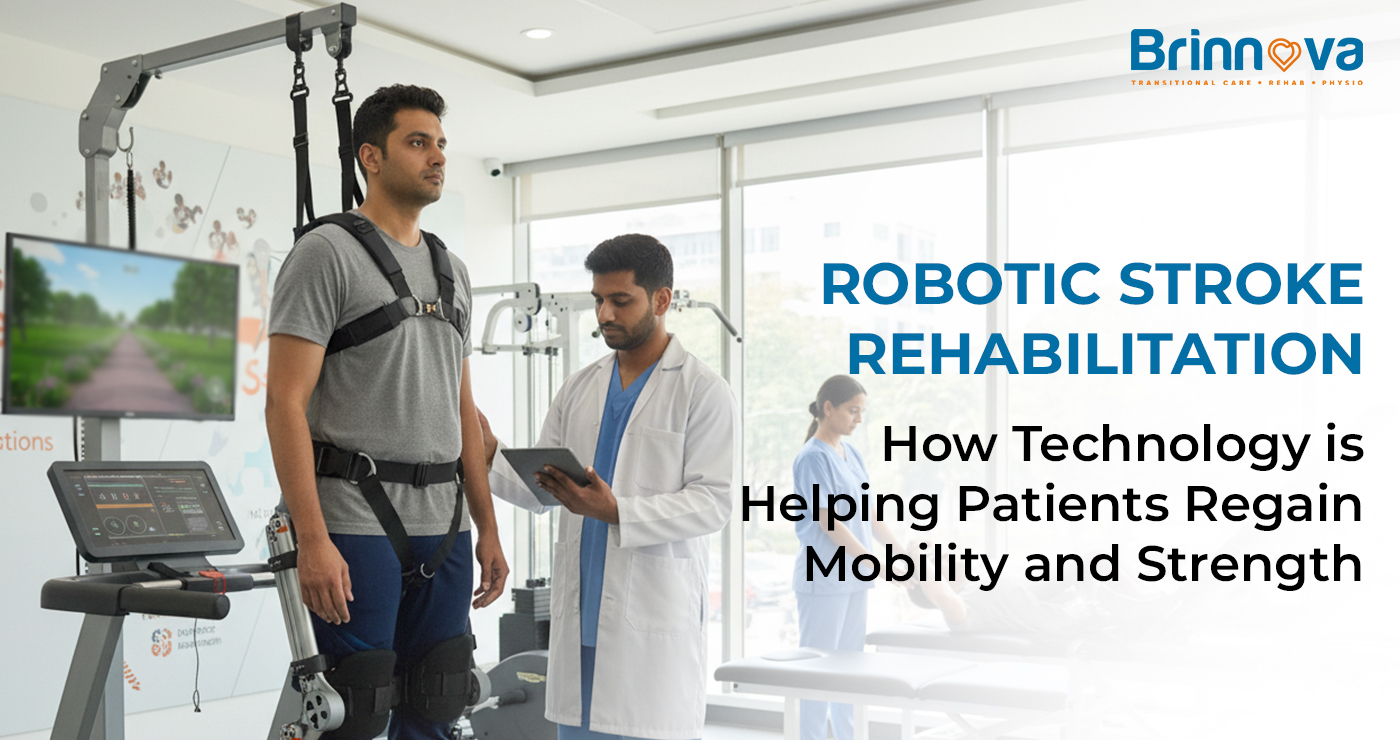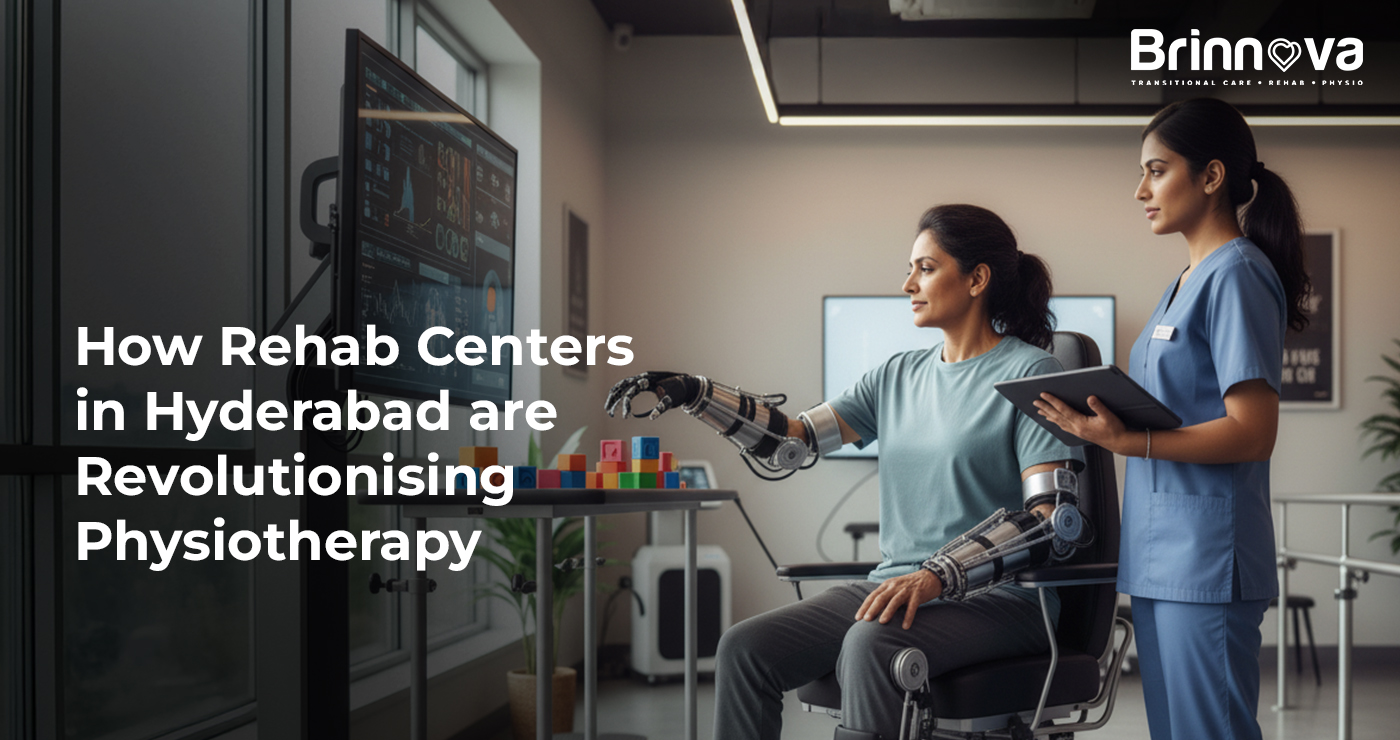The Role of Early Therapy in Neuro-Rehabilitation: Why Timings Matter in Stroke Recovery
A stroke is a devastating event, as it impairs the functionality of the brain, which is usually an instant event resulting in disability. The key to mitigating long-term effects lies not just in emergency medical care but in the swift initiation of therapy. Neuro rehabilitation is a discipline established on the fact that time is of the essence. The potential of the brain, otherwise regarded as being neuroplastic, can be unlocked through the start of stroke recovery therapy at an earlier age. Thus, the option of neuro-rehabilitation as an immediate step, as long as the medical conditions permit, is one of the most significant steps towards the recovery process.
Why is Early Intervention Critical in Rehabilitation?
The concept of “time is brain” is not only applicable to acute stroke treatment, but it can equally be applied to rehabilitation. During the first few weeks and months after the event, the brain is most receptive to reconstruction and the creation of new neural pathways – neuroplasticity. This is commonly referred to as the golden window of recovery. The benefits of early rehabilitation after stroke utilise this increased brain plasticity state by maximising functional recovery. Missing this window will mean changing the best opportunity for when the brain can rewire itself. Statistically, it has been demonstrated that most of the great motor and functional recovery takes place during the first three months or six months. When the healthcare givers develop early stroke recovery treatment immediately after the patient is stable, they activate the damaged parts of the brain, and instruct it to develop new and beneficial neural connections. This is a vital measure to consider in enhancing long-term outcomes and minimising the level of permanent disability.
What Are the Benefits of Starting Therapy Soon After a Stroke?
The short-term advantages of early rehabilitation after stroke are not limited to the neurological outcome. Restoring the lost function is the main objective; early mobilisation can also help to avoid a variety of secondary medical complications that may severely harm the overall prognosis of a patient.
-
Maximising Functional Recovery: Instructive, comprehensive, and repetitive practice of skills stimulates the brain to generate new associations, resulting in an increased recovery prospect of movement and speech.
-
Preventing Secondary Complications: Immobility following a stroke is something to be afraid of. Physiotherapy after a stroke is used in the prevention of complications- deep vein thrombosis (blood clots), muscle contractures, pneumonia, and pressure ulcers.
-
Addressing Spasticity: Early movement and mobilisation could be used to control and decrease the emergence of spasticity, unnatural hoisting in muscles that limit motion.
-
Psychological Well-being: Early involvement in therapy gives patients a sense of control and purpose, which in most cases bolsters mood and minimises the possible occurrence of post-stroke depression.
The given proactive approach is the key to successful neuro-rehabilitation and significantly impacts the path of the patient’s health.
How Does Therapy Timing Affect Patient Outcomes?
The recovery stage determines how the therapy should be conducted and the severity. Early diagnosis means that the treatment would coincide with the brain's potential for change in that particular instance.
-
Acute Phase (First 24-72 hours): As soon as the person is medically stable, the process of rehabilitation has to start. Although aggressive mobilisation is discouraged, safe and gentle exercises (as the patient gets out of bed and takes short and often exercise) are commenced. This is a gentle initial stroke rehabilitation, which reduces the dangers of lengthy bed rest.
-
The Early Sub-Acute Phase (First few weeks to three months): This is the high-potential period, the Early Sub-Acute Phase. Maximum efforts are made in stroke recovery therapy during this period, and they revolve around the repetition of task-specific movements. Studies have shown that high-dose therapy, which has been targeted within this window, is effective.
-
The Late Sub-Acute to the Chronic Phase (Beyond three months): Even though the intensive pace of spontaneous recovery is reduced, further post-stroke physiotherapy remains necessary. The brain is capable of continuing to alter, and even dedicated practice can result in functional increases. But to attain a great extent of advancement, one will normally need a greater level of continued neuro-rehabilitation.
The age of the patient at the onset of therapy implies the loss of the precious period of brain development, which may lead to less favourable disease outcomes and increased dependence in the long term.
What is the Role of Physiotherapists in Stroke Recovery?
Physiotherapists are essential at every level of stroke recovery care, even at the chronic kidney disease stage. They are the experts in movement and function, using their knowledge of neuroplasticity to guide the patient’s recovery. The initial step is a specialised neuro physiotherapy expert who identifies the functional deficits in the patient before formulating an accurate and evidence-based programme.
-
Assessment and Goal Setting: They carefully assess the level of motor and sensory deficiency and set achievable, clear-cut goals for the patient.
-
Implementing Task-Specific Training: Neuro physiotherapy works on the utilisation of repetitive behaviour of meaningful tasks, which include walking, reaching, or grasping. This task-specific training is known to be the most effective for encouraging motor recovery.
-
Preventing and Managing Complications: They strive to ensure the range of motion, as well as the prevention of muscle shortening and counselling on safe movements to ensure a safe guide in progress.
-
Adapting to Progress: As the patient passes through the different stages of recovery from a stroke, the physiotherapist will constantly adjust the level of treatment as well as the focus to make the treatment effective.
Identifying an acceptable rehabilitation centre in Hyderabad with specialised neuro-physiotherapy services would be of essential importance to go through the process of recovery.
Brinnova Care: The Best Rehab Center in Hyderabad
The core message in neuro-rehabilitation is clear: timing is everything. The greatest determinant of an effective long-term outcome is the initiation of early stroke recovery therapy as early as is medically feasible because it exploits the natural recovery potential of the brain. Although such a process is challenging and demanding, as it needs commitment and dedication, the most efficient and effective intervention is immediate, intensive and specialised. In the needs of patients who are in search of skilled neuro-rehabilitation and specialised post-stroke physiotherapy within the area, Brinnova Care offers time-sensitive treatment programs designed to maximise recovery potential.
Disclaimer: This article's content regarding the Role of Early Therapy in Neuro-Rehabilitation and the services mentioned at Brinnova Care is for informational purposes only and is not intended to be a substitute for professional medical advice, diagnosis, or treatment.




